Mobile advertising explained by HilltopAds: WAP traffic, mobile ad formats, and the best ads
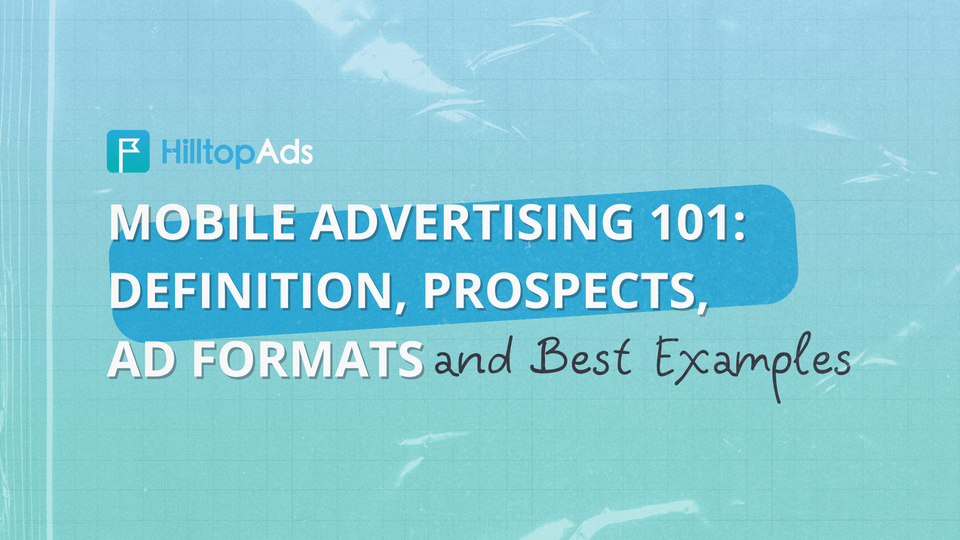
Mobile advertising is the next big thing. Why? Because more than 58% prefer mobile phones to desktops. Social media and even search engines also adapt to this trend and focus on mobile-centric approaches.
Today, we’ll talk about mobile advertising details: what it is, where it is now, why it is important, what are its formats, and what are the best examples. Let’s get to know how to harness mobile advertising potential.
What Is Mobile Advertising?
Mobile advertising refers to the ads appearing on mobile phones or tablets. As a part of digital marketing, mobile campaigns help to increase brand awareness, generate leads, sell products, and achieve other marketing goals.
Mobile ads generate WAP traffic, which stands for Wireless Application Protocol. When picking an offer, make sure your advertiser accepts mobile users, if you’d like to work with WAP traffic. Much like desktops, mobile advertisements can generate free or paid traffic.
Mobile marketing publishers usually charge advertisers for ad placements. Generally, there are three kinds of publishers:
- Website owners, or webmasters, providing their web pages for mobile digital advertising
- App owners, who show in-app ads to all free members or deliver ad-free experience to the paying ones
- Social media, where influencers charge money to promote brands, which is similar to desktop campaigns
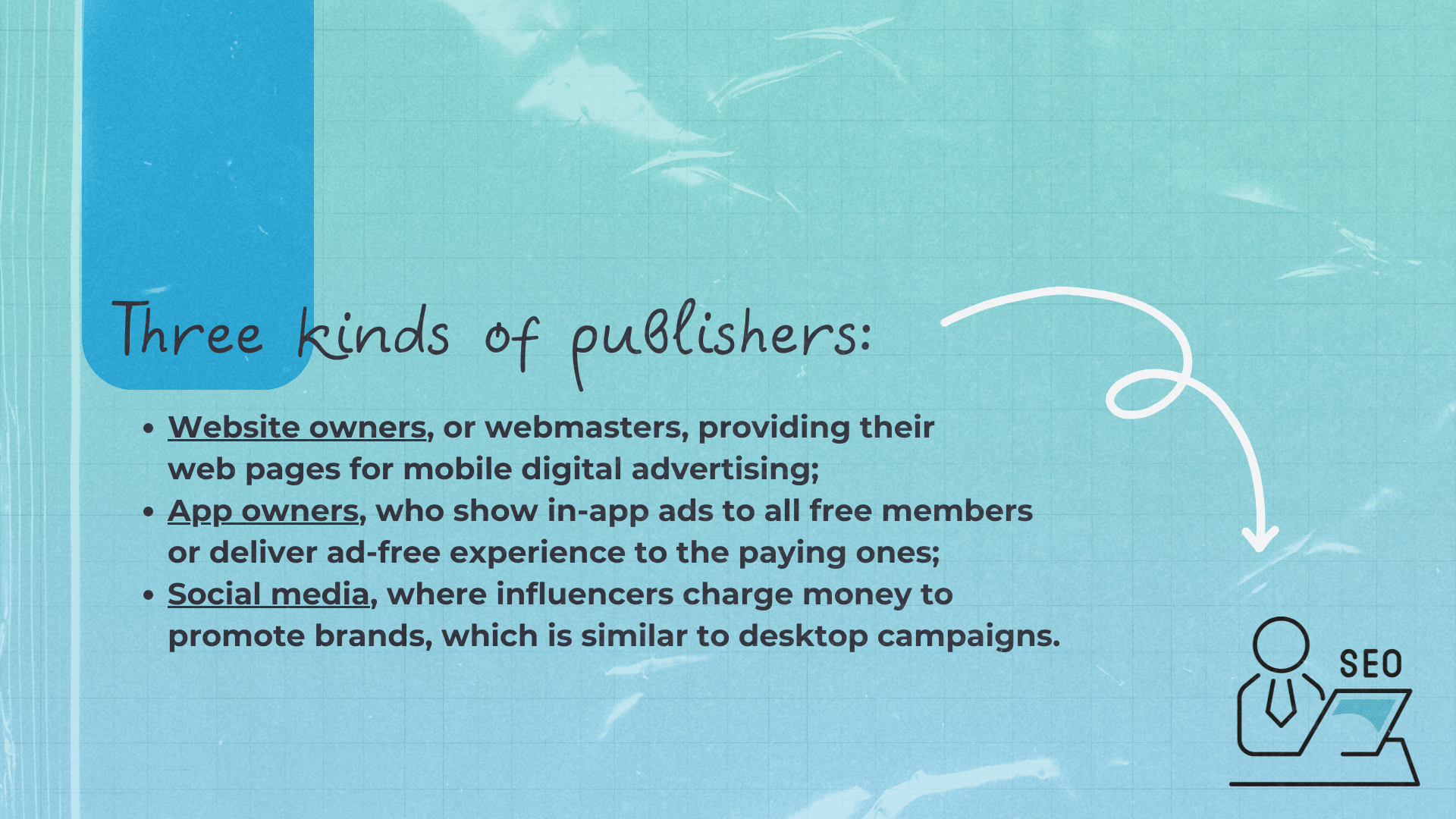
Evolution of Mobile Advertising
As WEB advertising commenced with Pop-Ups, WAP advertising started with SMS. The advent of smartphones in 2007 has shifted the paradigm by adding different types of mobile advertising: banners, interstitials, videos, natives, etc. — a pocket-size microcomputer became a reality.
The future of mobile advertising is promising. Mobile users make up more than 50% of global traffic. This share is to grow because mobile phones are actively used for shopping, playing, reading, socializing, and posting. Modern mobile ads are easy to understand and accessible for both youngsters and seniors.
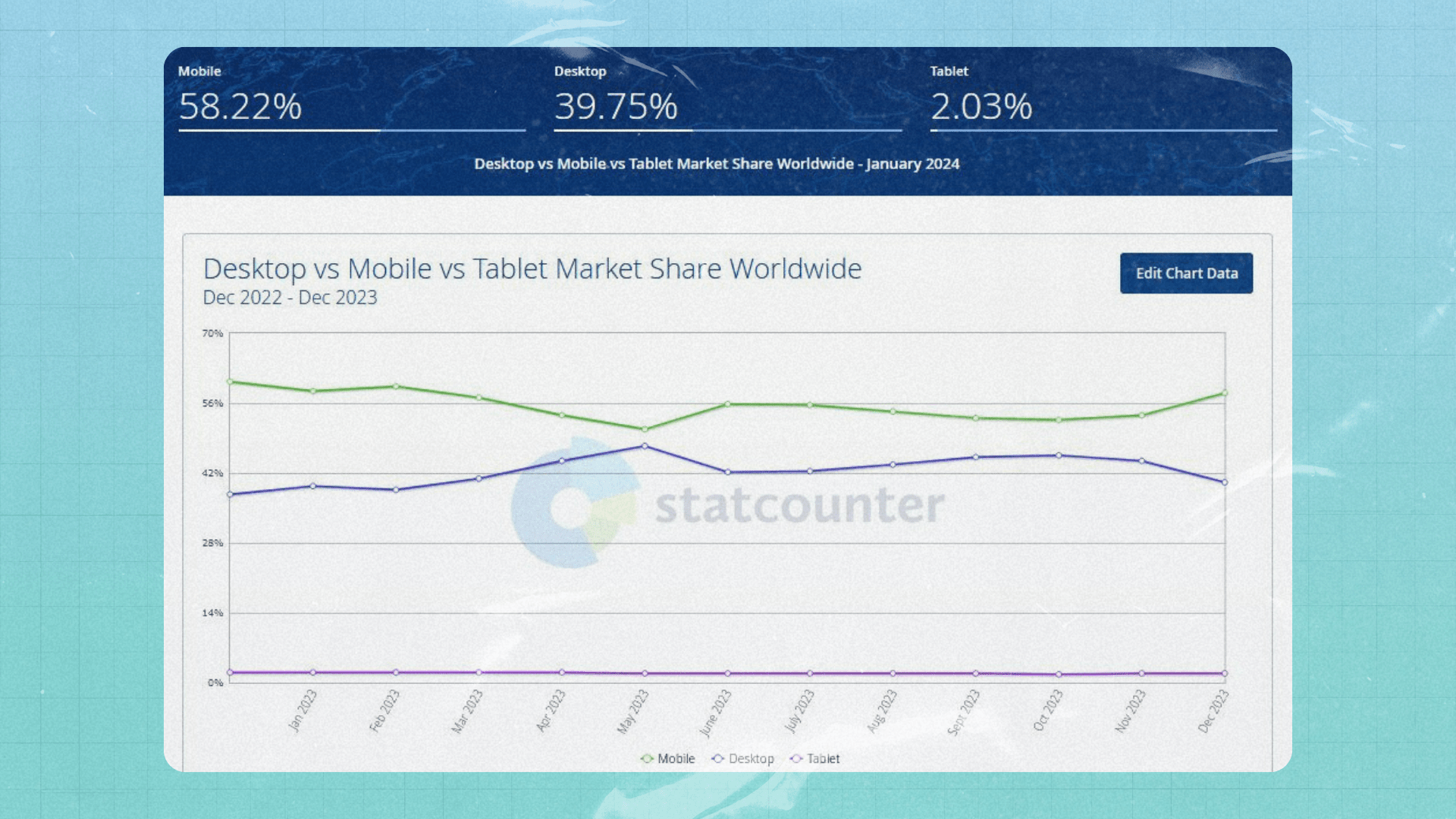
Importance of Mobile Advertising
The mobile version of a website determines its ranking. Google’s website crawlers prioritize mobile UX. For your website to rank high in Search Engine Results Pages (SERPs) you must focus on the mobile version of a website, even if you target desktop users.
Precise targeting options. Marketing trends indicate the importance of big-data marketing and personalized ads. Phone advertisements can succeed at both because every smartphone collects more data on its users than desktops do. Target users by age, carrier, favorite websites, gender, internet connection, language, location, OS, shopping habits, type of device, etc.

Cross-platform ad campaigns. One ad for many placements is akin to a sword used for slashing, stabbing, chopping, deflecting, blocking, parrying, and riposting. And while spear, halberd, axe, club, or shield are better suited for specific tasks, none of them are as universal.
Easier to funnel in the users. People spend 4–5 hours per day in apps. Showing ads there increases the chances of impressions, clicks, and conversions. As a bonus, the mobile format makes these ads look more native and integral.
Effective marketing channel. Advertising on mobile boasts a 2.72% response rate on average, with the best campaigns achieving 11.78%. Even the outsiders scored a 0.29% response rate, which is well above the internet average.
Mobile Ad Formats
Ad formats are numerous, and mobile ads are no exception. The examples of mobile marketing partially intersect with the desktops, however there are some unique formats:

Display advertising
- Banner ads: small, rectangular advertisements displayed at the top or bottom of mobile apps or websites
- Interstitial ads: full-screen advertisements appearing between content transitions, like switching app screens or website pages
- Native ads: advertisements blending seamlessly with the surrounding content's look and feel
Video Advertising
- Pre-rolls: video ads playing before video content, such as YouTube videos
- Mid-rolls: video ads interrupting video content midway through
- Post-rolls: video ads playing after video content, like after a YouTube video ends
- In-streams: Video ads shown within streaming content, such as live streams or online TV shows
- Out-streams: video ads displayed outside streaming content, typically within articles or apps
Search Advertising
- Text ads: text-based advertisements shown alongside search results or within text-based content
- Image ads: visual advertisements displayed alongside search results or content, typically consisting of an image and text
In-App Advertising
- Banners: small ads appearing within mobile apps
- Interstitials: full-screen ads displayed between app content transitions
- Native ads: advertisements designed to blend seamlessly with app content
- Reward ads: video ads offering in-app rewards for viewing
- Offerwall ads: advertisements presenting users with various offers or rewards in exchange for specific actions
Social Media Advertising
- Sponsored posts: paid social media posts appearing in users' feeds
- Stories ads: full-screen vertical ads shown within social media stories
- Carousel ads: advertisements featuring multiple images or videos users can swipe through
- Collection ads: advertisements showcasing collections of products or items
- Branded filters and lenses: augmented reality filters sponsored by brands for promotional purposes
Rich Media Advertising
- Expandable ads: commercials with interactive elements that expand when interacted with
- Rich Media banners: interactive banner ads incorporating video or mini-games
- Interactive ads: advertisements allowing user engagement through swiping, tapping, or interaction
Location-Based Advertising
- Geofencing ads: advertisements targeting users within specific geographic areas
- Beacon ads: ads using Bluetooth beacons to deliver targeted content to nearby devices
- Location-targeted ads: advertisements targeting users based on their current or past locations
SMS Marketing
- Text messages with promotions: SMS messages containing promotional offers or announcements
- Text-to-Win campaigns: SMS campaigns encouraging users to enter contests via text
- Text-to-Vote campaigns: SMS campaigns allowing users to participate in polls or surveys via text
App Store Optimization
- ASO is the SEO of mobile campaigns, which is about optimizing app titles, descriptions, keywords, and visuals to attract more downloads and increase exposure to potential users
Ways to Improve Mobile Ads
We have different types of mobile advertising explained. Now let’s go through the main ways to improve the quality of mobile advertising.
- Focus on short-term content. The modern human’s attention span lasts 8 seconds, which is less than that of a goldfish. Therefore, immediately grab the user’s attention by appealing to emotions and surprising them using eye-catching visuals.
- Use spy tools. Don’t reinvent the wheel and explore which campaigns convert here and now. This should give you an idea of how to kick off your mobile advertising
- Learn the audience. Google Trends and Country Comparison Tool should give you an idea about people’s profile and their preferences.
- Gamification. Add interactive elements to your mobile advertising strategy, for example, a questionnaire or test. Unlike desktops, mobile phones are used more often for entertainment, so indulge the users to retain them better.
- A/B test. Talking about testing, make sure to run a bunch of ads first, and then develop the success of top performers.
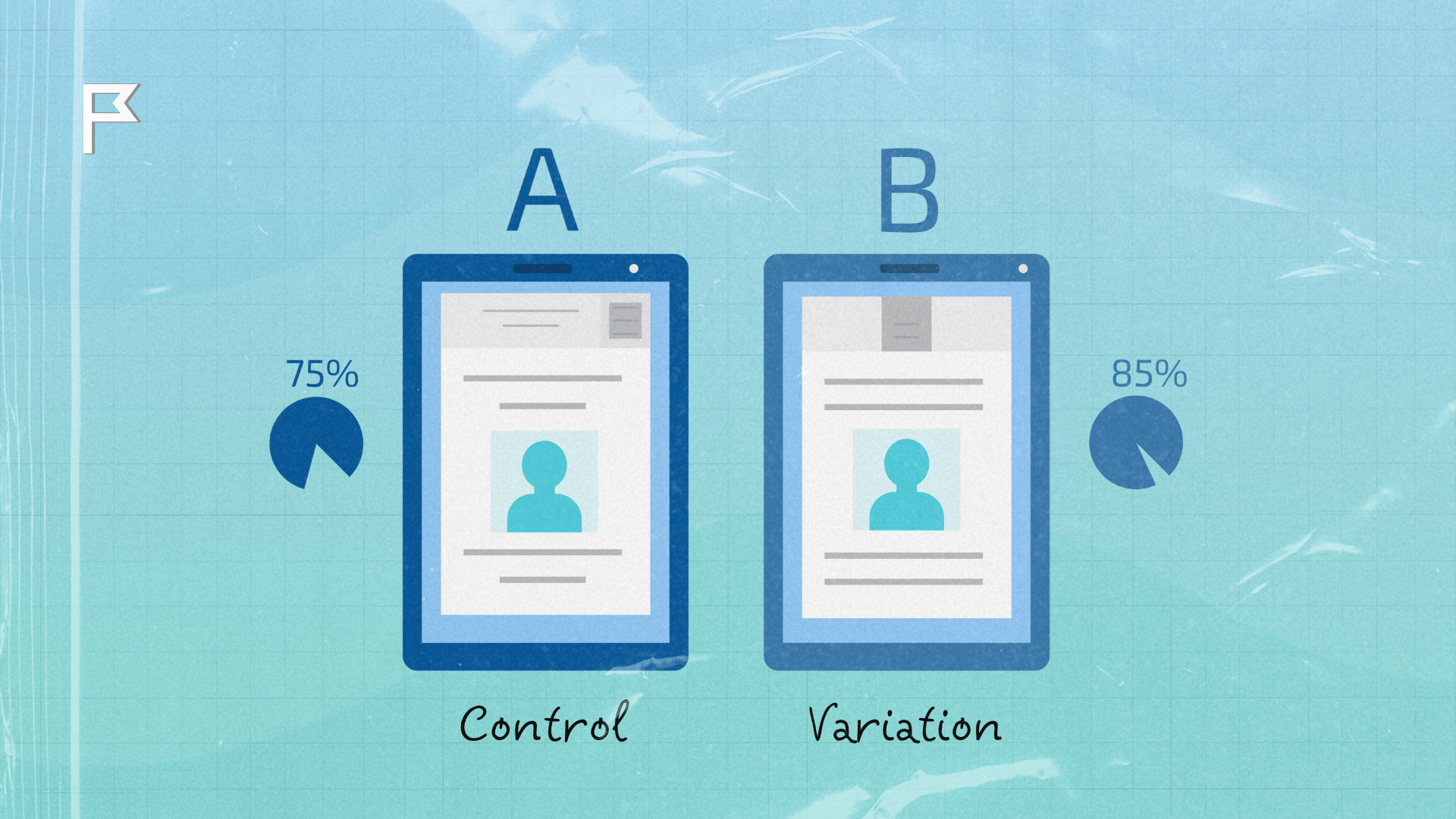
- Explore the offer promoted. Google it, read the reviews online about the advertiser, and communicate with the manager there. Before opting for anything, make sure you understand the KPIs of the offer.
- Communicate with your HilltopAds manager. We know which traffic sources convert here and now. Based on your offer at hand, we can optimize your campaign together.
Most Successful Mobile Ad Campaigns
Let’s go through some of the most successful mobile advertising examples for additional inspiration.
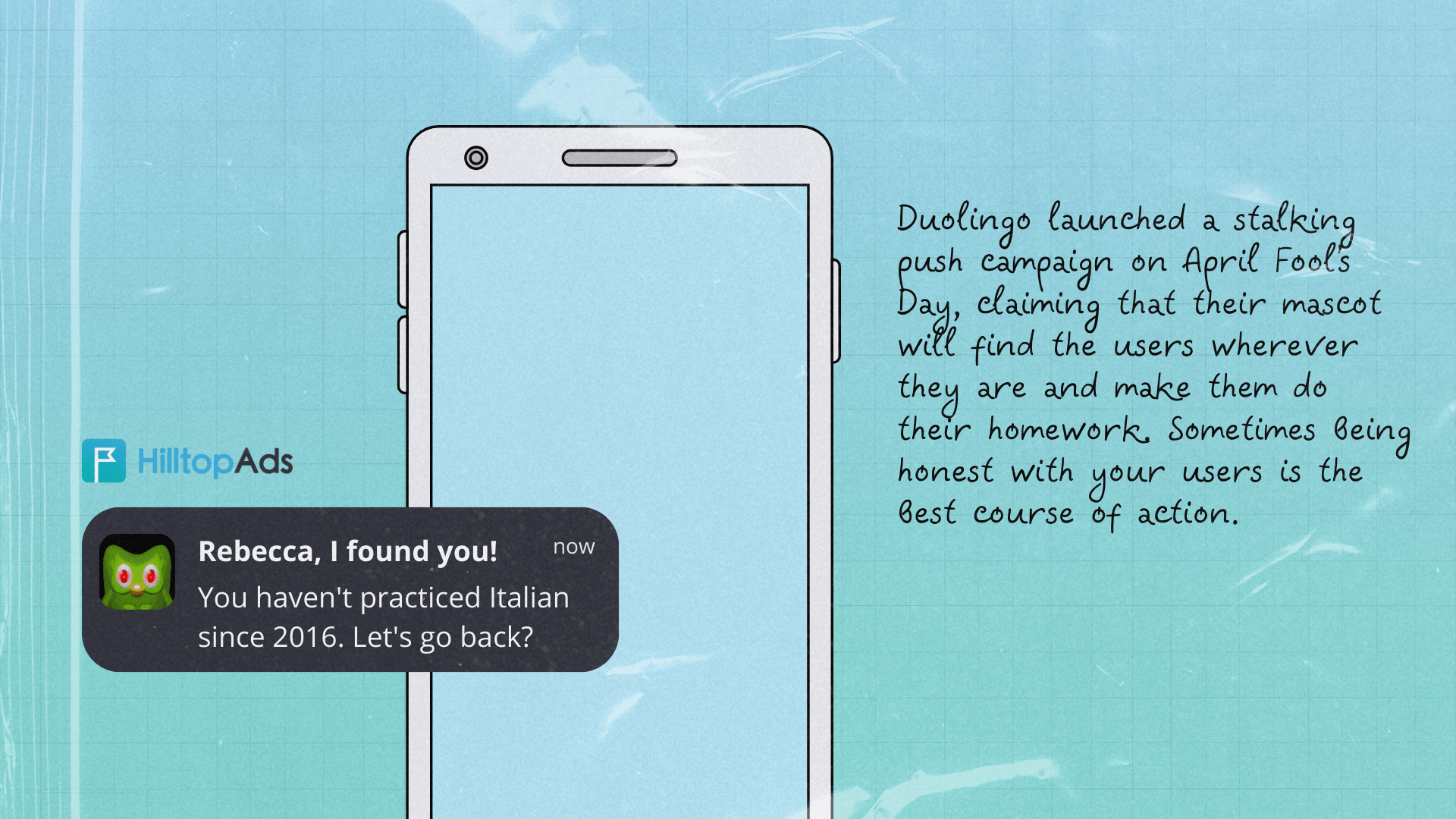
Push notifications from Duolingo. This language-learning app thrives in excessive usage of push notifications and takes pride in it. Duolingo launched a stalking push campaign on April Fool’s Day, claiming that their mascot will find the users wherever they are and make them do their homework. Sometimes being honest with your users is the best course of action.
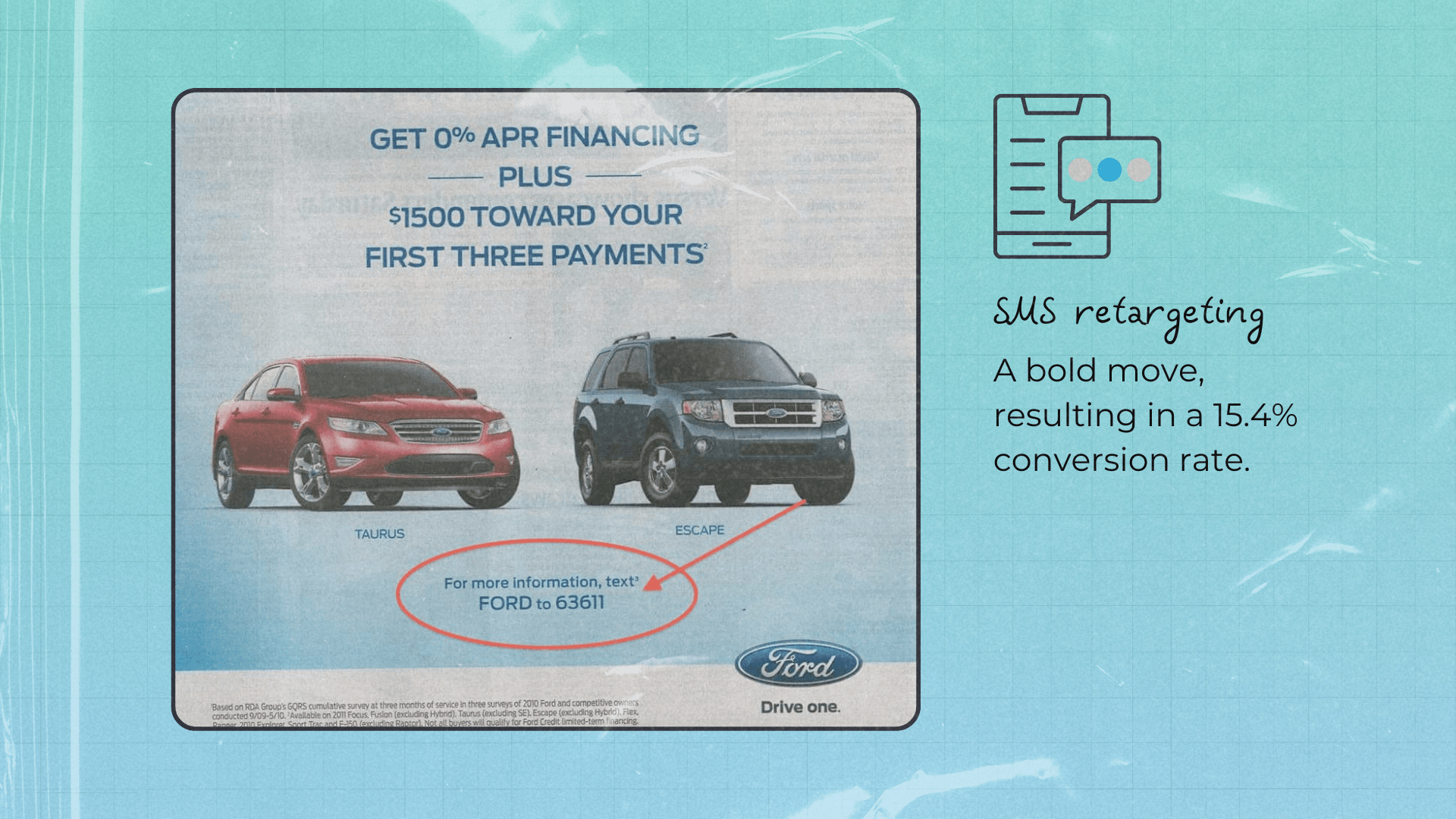
SMS retargeting by Ford. A mobile user was asked to text FORD to 63611 to learn more information about the recent release of Ford Taurus and Escape. Then the users were asked to text back with their favorite model of Ford, then with their ZIP code, and next with their name. A bold move, resulting in a 15.4% conversion rate.
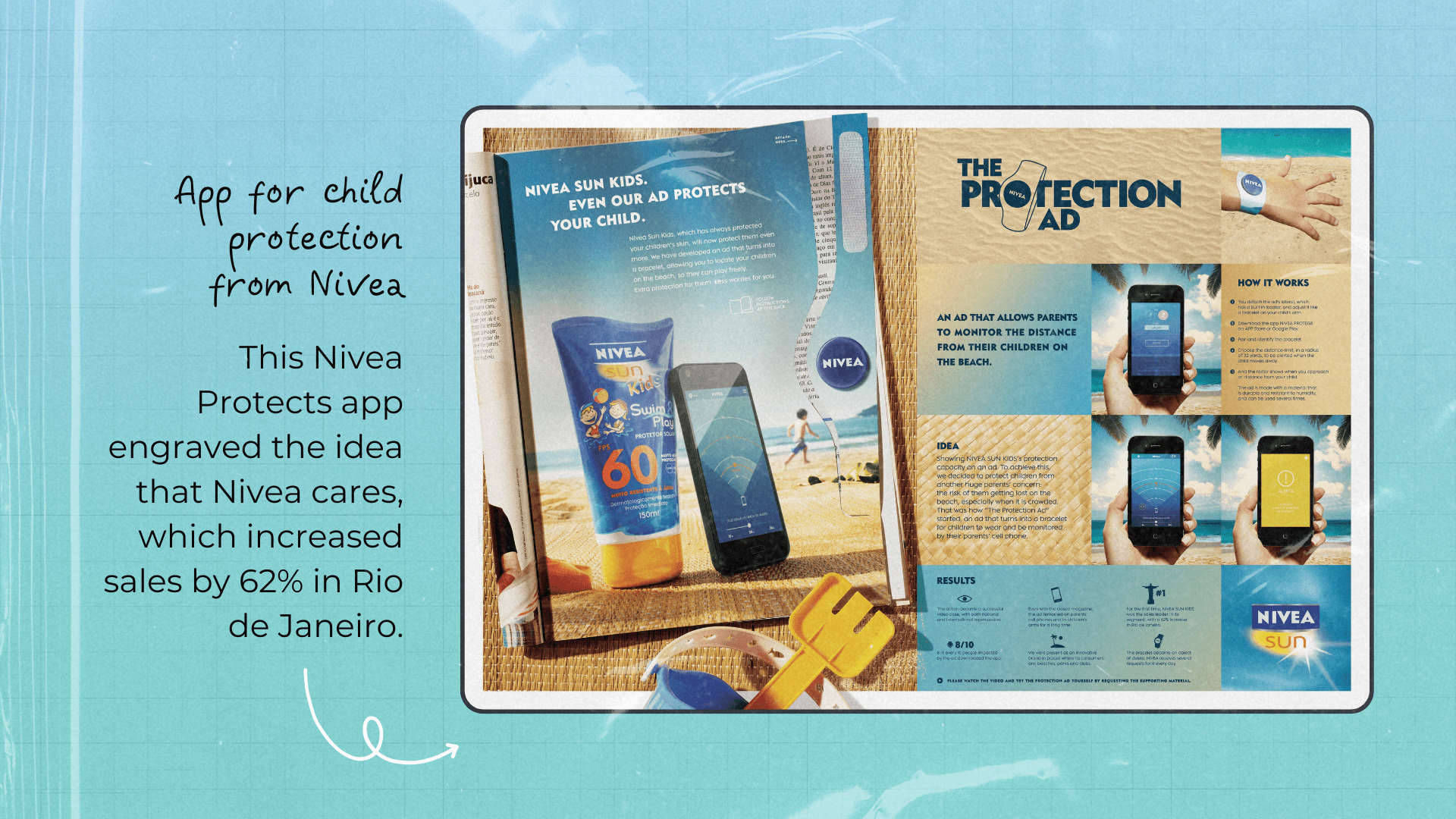
App for child protection from Nivea. Parental feelings are a source of strong emotions, and Nivea managed to tap its potential. On top of offering sunscreens, the company spread special bracelets with an app for parents to monitor how far their children venture. This Nivea Protects app engraved the idea that Nivea cares, which increased sales by 62% in Rio de Janeiro.
Conclusion
Mobile advertising is the future. By definition, they are smaller than desktops, and their performance grows every day. People access mobile phones regularly, resulting in 58% of WAP traffic.
Phone advertisements started with SMS but have expanded into a leading sub-niche of digital marketing. Mobile ad formats are many, including interstitials, push notifications, native ads, text messages, video ads, and social media posts.
The biggest mobile advertisers like Nivea, Ford, and Duolingo enjoy the highest ROIs. HilltopAds also specializes in generating mobile traffic, but we also work with desktops. Contact us if you’d like to launch a profitable ad campaign, no matter the device. We know where to search for the finest traffic.
